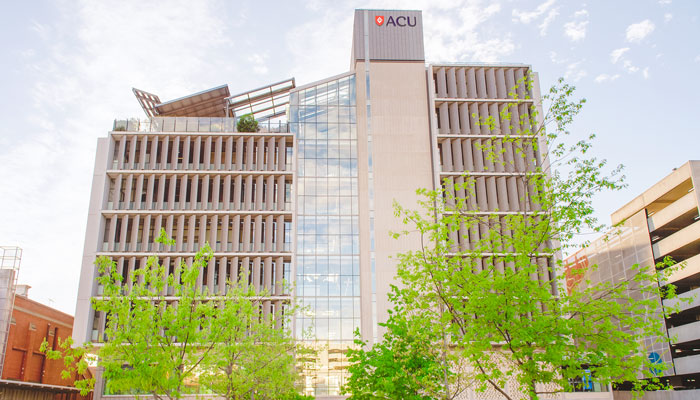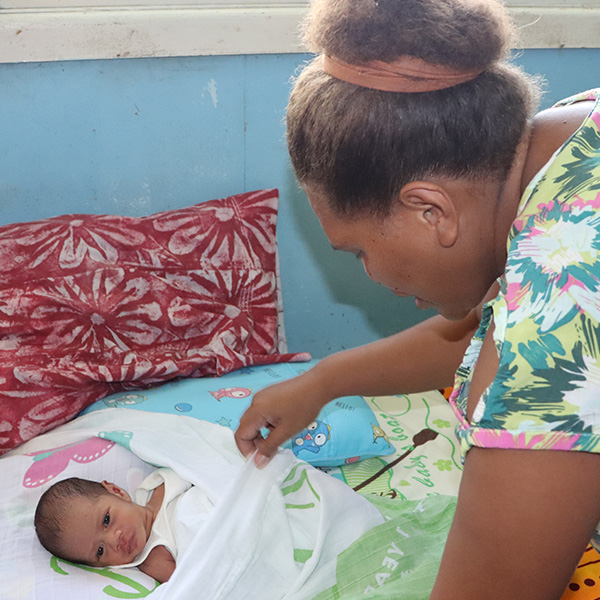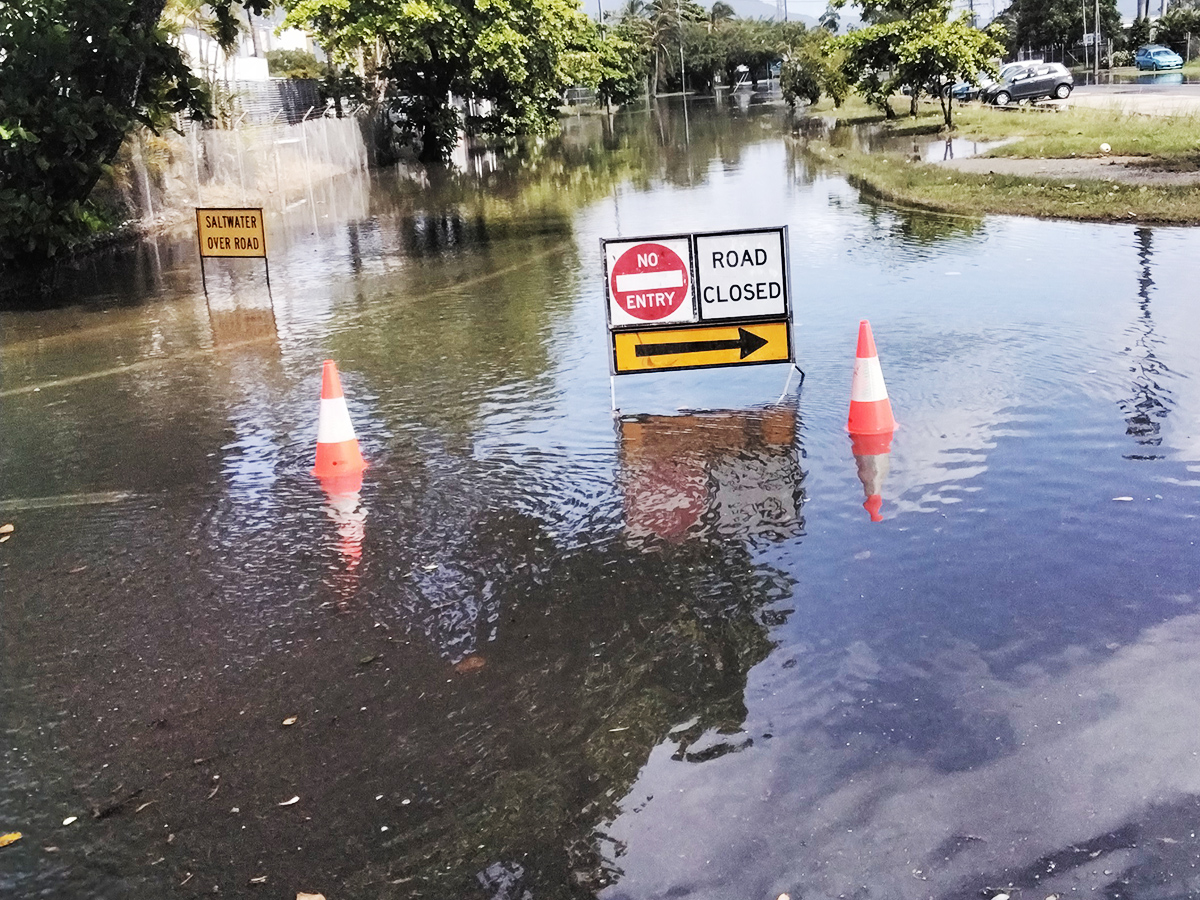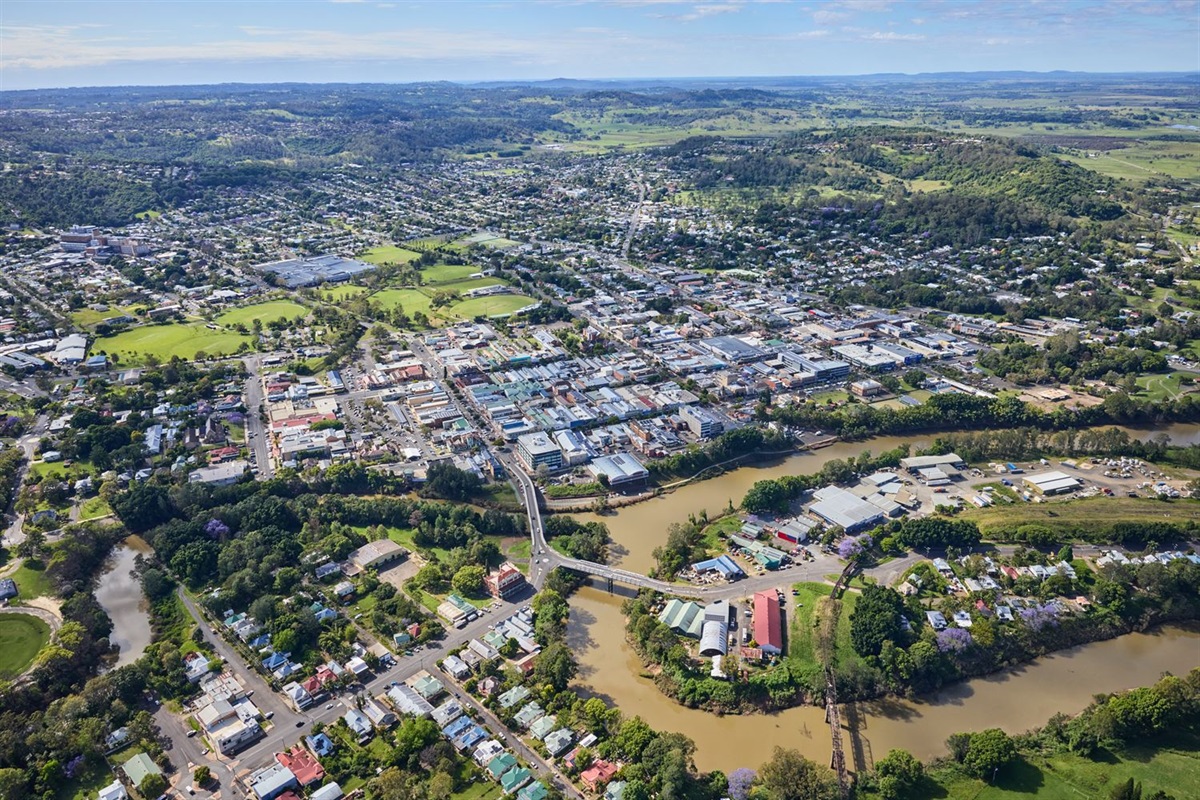FEBRUARY 23, 2024: This week, a German research aircraft is sampling air up to 15 km above Australia and the Pacific Ocean. The CAFE-Pacific Mission aims to better understand:
- how the tropical atmosphere deals with air pollution;
- how clouds form over oceans;
- how to refine weather and climate models, leading to better forecasts and projections; and, fundamentally
- to better understand the chemistry of climate.
Flying out of Cairns in the northeast of Australia, the Chemistry of the Atmosphere: Field Experiment (CAFE) team are tracking weather events and taking atmospheric measurements to better understand the atmospheric chemistry occurring above the clouds.
This is their third mission, using a highly modified Gulfstream G550 ultra long-range jet capable of exploring the full extent of the troposphere from the ground up to about 15 km above sea level.
Described by some researchers as the atmosphere’s washing machine, weather events in the tropics play a crucial role in clearing gases and particulates emitted from both natural and human-induced sources.
“In past missions, we have collected data under pristine conditions above the Amazon and in regions in Africa where biomass is burned, and where dust and pollutants are released into the atmosphere. We will compare these results with the data we now measure over the Pacific Ocean,” explains Professor Jos Lelieveld, Director of the Atmospheric Chemistry Department at the Max Planck Institute for Chemistry, and Principle Investigator of the CAFE-Pacific research project.
The area offshore from Australia’s northeast is of particular interest to the team as the high temperature of the ocean there causes the strongest high-reaching convection in the world. These columns of upward-rising warm air act as highways for heat, moisture, particulates, and gasses to be transported from the surface of the planet high into the atmosphere.
“The combination of intense solar radiation, mixing due to convection, large regional differences in lightning activity, and contrasting tropical waters and the Australian continent means there’s everything you need for a lot of interesting atmospheric chemistry to occur,” says Dr Clara Nussbaumer, a postdoctoral researcher working on the mission from the Max Planck Institute for Chemistry.
“It’s an exciting place to explore as an atmospheric scientist.”
Each flight lasts up to 9 hours, with four of the research team work monitoring and controlling the 15 different scientific instruments on board, maintaining contact with colleagues on the ground, and guiding the pilots to any last-minute opportunistic requests to change the flight plan.
“When we have a prediction that a weather event will happen, we can design a flight path to go check if what we expected actually occurs,” says Professor Joachim Curtius, Professor at the Institute for Atmosphere and Environment, Goethe University Frankfurt. Prof. Curtius is the co-Principal Investigator of the mission.
“Of course, it’s great when we find things where we expect them—it means our models are reliable—but it’s probably more exciting to find things that we don’t quite expect as it gives us the chance to further improve the forecasts and predictions under our changing climate.”
The unique research aircraft has been equipped with highly sensitive instruments normally only found in well-equipped chemistry labs. Like the aircraft itself, many of these instruments have been modified or even custom built to achieve the sensitivity, accuracy and reliability required to perform in the trying environment of an aircraft in the tropics.
“We are often measuring trace gases in the atmosphere at levels as low as one part per trillion. Imagine this as around one drop in twenty Olympic-sized swimming pools,” adds Dr Nussbaumer.
“And we have to do this extremely fast because we’re flying in an aircraft at around 250 metres per second. It is normal for the instrument I take care of to measure 10 data points in a single second.”
By the end of February, the science team will have completed a total of around 150 flight hours, collecting measurements in areas that have never before been sampled.
“All the CAFE measurements will help us improve the computer models of the chemical processes in the atmosphere. This will help us even more accurately predict future climate developments,” says Prof. Curtius.
The CAFE-Pacific mission is coordinated by the Max Planck Institute for Chemistry and Goethe University Frankfurt and will conclude at the end of February.
The research has captured the attention of Ms Rebecca Lee, Managing Director of Merck Life Science, Country Speaker Merck Group ANZ, and Chair of the Advisory Council of the German-Australian Chamber of Industry and Commerce. Merck ANZ facilitated the mission locally by providing the chemicals required for calibrating the instruments on the aircraft.
“This fundamental research being carried out by the Max Planck Institute for Chemistry with several scientific partners from Germany is essential to our understanding of atmospheric science,” she says.
“It is crucial for open international collaboration to continue for the good of our collective knowledge, environment, and humanity at large. Australia has much to share with the rest of the world, and there is also so much we can learn from our colleagues overseas.”
~~
A media pack including audio quotes from researchers, images and video B-roll of the aircraft including takeoff is available at scienceinpublic.com.au/merck/how-does-the-atmospheres-washing-machine-work








